Aviation history is filled with incredible innovations, pushing the boundaries of what’s possible in the sky. But for every successful aircraft that takes to the air, there are countless ideas that remain grounded, often for very good reasons.
Some concepts are simply too ambitious, others too impractical, and a few are just downright bizarre. These designs, though failures in terms of flight, offer a fascinating glimpse into the imaginative (and sometimes slightly unhinged) minds of aircraft designers.
Join us as we explore five of the craziest aircraft concepts that thankfully, or hilariously, never made it off the drawing board.
The 5 Crazy Aircraft Concepts That Never Flew:
1. The Flying Flapjack (Vought XF5U)
Meet the Vought XF5U, affectionately known as the “Flying Flapjack.” This experimental fighter concept from the 1940s aimed for radical short take-off and landing capabilities with its circular wing design and oversized propellers. It was actually an evolution of an even earlier, smaller prototype, the Vought V-173 Flying Pancake, which proved the basic concept.
While the XF5U did achieve some successful taxi tests and some hops, its unusual aerodynamics proved tricky, and the project was eventually cancelled due to the advent of jet engines, preventing it from ever truly taking off as a viable operational aircraft. You have to admit, it would have been quite a sight in the skies!
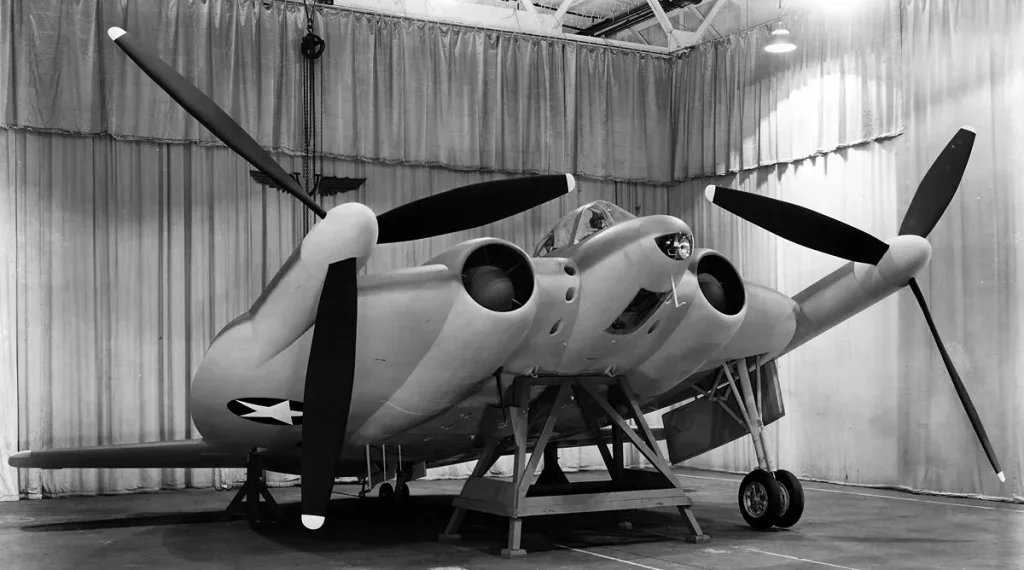
2. The Disc-Wing Jet (Avrocar VZ-9)
Straight out of a 1950s sci-fi movie, the Avrocar VZ-9 was a secret US military project intended to be a supersonic “flying saucer” that could take off vertically. The idea was to create a revolutionary combat aircraft, but in reality, it struggled with stability and could barely get off the ground, often just hovering a few feet before losing control.
Despite its futuristic looks, this disc-shaped flying machine turned out to be more of a ground-effect vehicle than a true high-performance aircraft concept. It’s certainly one of the most distinctive failures in aviation history.
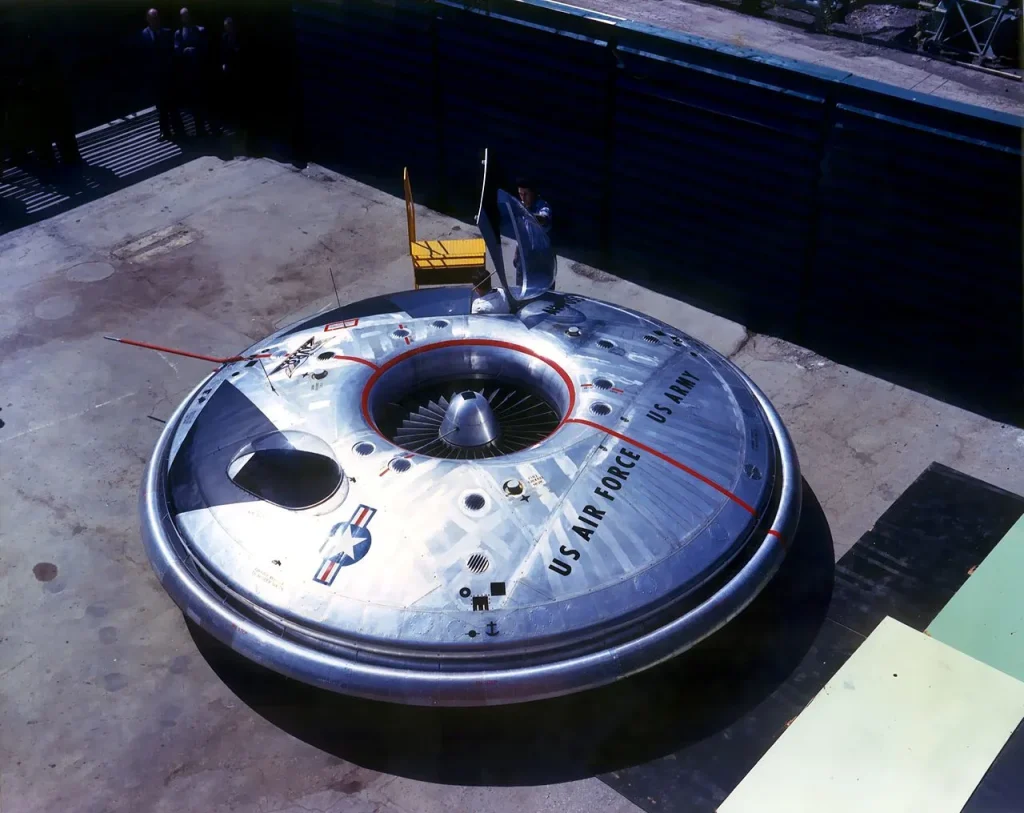
3. The Nuclear-Powered Bomber (Convair NB-36H)
Imagine an aircraft powered by an onboard nuclear reactor – that was the terrifyingly ambitious goal of the Convair NB-36H in the 1950s. The idea was to create a bomber with virtually unlimited range, but the challenges of shielding a crew from radiation and managing a volatile reactor in flight were monumental.
While a modified B-36 did fly with a reactor on board (without powering the plane), the concept of a true nuclear-powered flying bomber was deemed too dangerous and impractical. It’s a concept that thankfully remained a distant, radioactive dream, for the sake of everyone below.
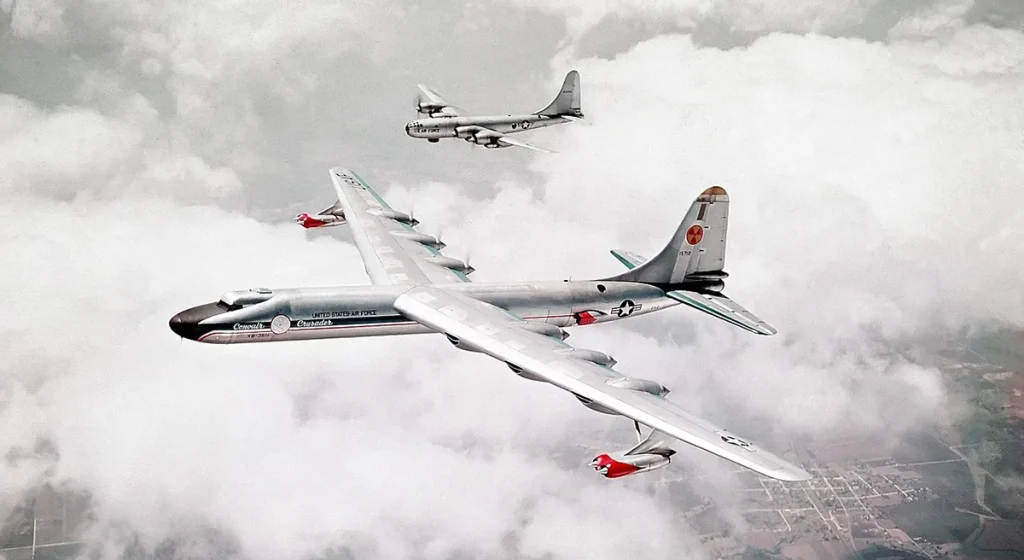
4. The “Parasite Fighter” Carrier (McDonnell XF-85 Goblin)
During the Cold War, the idea of a “parasite fighter” emerged – tiny jets carried inside bombers, launched to defend against enemy interceptors, and then recovered. The McDonnell XF-85 Goblin was the pint-sized fighter aircraft designed for this role, intended to be carried by the B-36 bomber.
However, the turbulence behind the bomber made docking virtually impossible for pilots, turning every recovery attempt into a near-death experience. This audacious aircraft concept, though innovative, proved too risky and complex, leading to its cancellation after only two prototypes. Some things are better off staying solo.
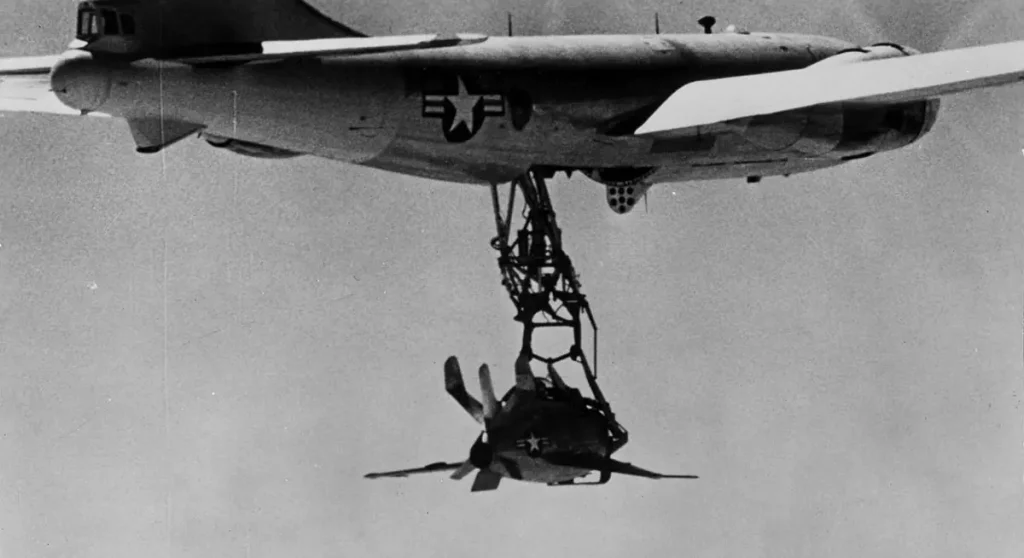
5. The Personal Flying Platform (Hiller VZ-1 Pawnee)
Forget jetpacks, the Hiller VZ-1 Pawnee from the 1950s was a true “personal flying platform” – essentially a ducted fan you stood on, designed for individual soldiers to scout over terrain. The concept promised incredible maneuverability and simplicity, like something out of a comic book.
While it could indeed lift off and hover, controlling it was incredibly tricky, and it offered no protection to the operator. Ultimately, its limited speed, range, and obvious vulnerability made this quirky flying machine impractical for military use. It remains a fascinating, if somewhat comical, footnote in the quest for personal flight.
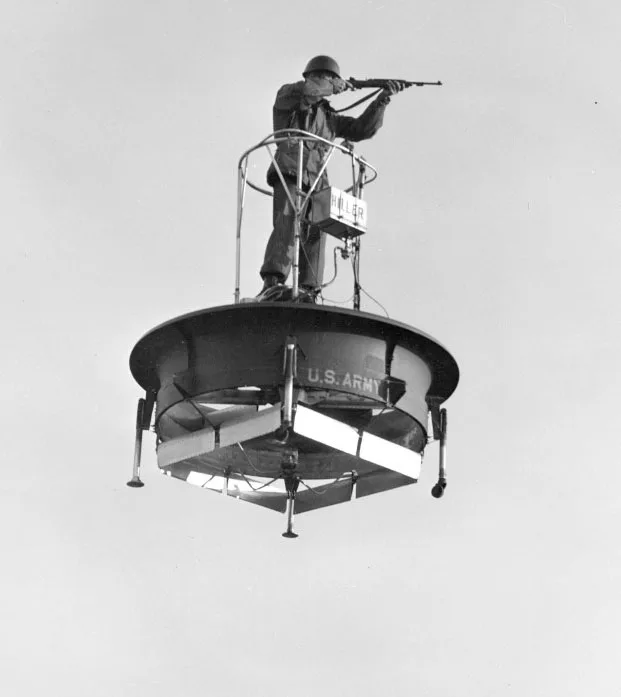
From ambitious pancakes to terrifying nuclear bombers, the history of aviation is just as rich with fascinating failures as it is with soaring successes. These five crazy aircraft concepts remind us that for every sleek, efficient modern jet, there were dozens of wild, wacky, and sometimes dangerous designs that paved the way.
What do you think of these incredible aviation oddities? Are there any other bizarre aircraft designs you believe belong on this list? Share your thoughts in the comments below!








